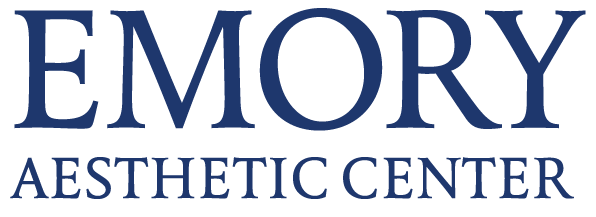Fat transfer is a relatively new technique that is growing in popularity each year, due to the beautiful, natural results it produces, and the multiple benefits the procedure offers. People who are dissatisfied with the volume and contour of the buttocks, face, hips, breasts, or abdomen can have their own fat transferred to these areas, improving the appearance of both areas in the process.
Fat transfer appeals to a wide audience, as the surgery itself is minimally invasive, and the procedure is versatile—it can be used to fill in lost volume in the face, enhance the size and shape of the buttocks, or smooth out depressions in the stomach or breasts caused by trauma or previous surgery. Common sites that are used to harvest the fat include the abdomen, thighs, and hips—they are considered "problem areas" for many people and often have plentiful pockets of fat. By harvesting from these areas, problem areas are diminished, and contour is improved
Once the fat has been harvested using liposuction techniques, it will be purified and prepared for the injection process. This gives the fat the best chances for survival, as some of the cells will be able to establish themselves in their new location and become permanent over time. The injection process is minimally invasive, and patients can look forward to beautiful, natural-looking results with minimal downtime.


